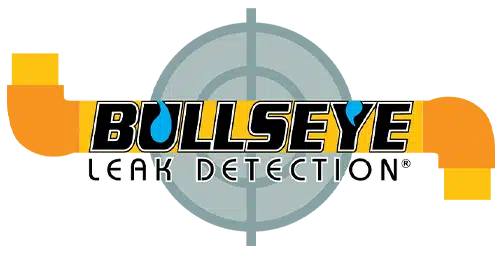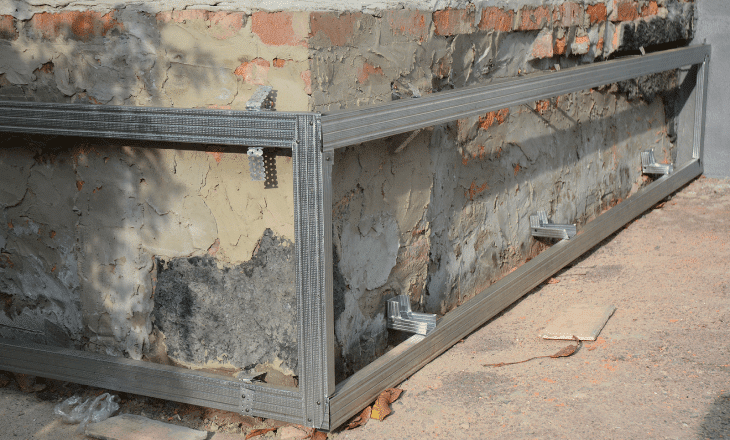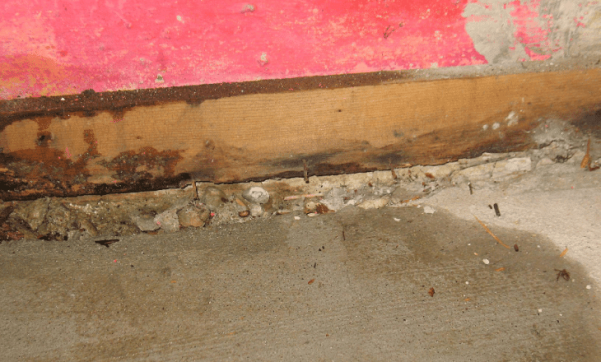Problems with the foundation of your home can be a homeowner’s worst nightmare. But what causes these problems to begin with? Was the foundation just poorly constructed from the beginning? Or did something damage it and cause it to have issues?
Most Common Causes of Foundation Problems
Water Damage
One of the most common causes of foundation issues is water damage in Sacramento. Concrete is a relatively porous stone, so water can seep into it, erode it, and cause cracks and other issues. While a little moisture isn’t usually a problem, a lot of moisture can seriously damage a foundation over a long period. Of course, water damage can come from a variety of places.
The two most common water damage sources for a foundation are improper drainage around the foundation (leading to rainwater pooling) and leaks in underground pipes. Both of these problems can be difficult to detect. That’s why it’s essential to check the perimeter of your home for any unexplained puddles and look for seepage in your basement regularly.
Shifting Soils
Soils naturally expand and shrink depending on moisture content. In hot, dry weather, the dirt beneath your foundation will contract and pull away from the foundation. This can make it unstable and more likely to shift. However, when the ground is exceptionally damp, it can push upwards on the foundation, causing sloping in the floor and cracks in walls and ceilings.
To prevent overly dry soil from damaging your foundation, ensure that your lawn gets enough moisture during scorching weather. To prevent excessively saturated ground, the best thing you can do is ensure that the land around your home drains away from your foundation and keep an eye out for any leaks, as described above.
Soil Erosion
This is yet another potential problem with a single root cause: improper drainage. When moisture doesn’t drain away from your foundation the way it should, the soil that supports your foundation can begin to erode. This can even lead to creating dangerous underground voids—large holes beneath your foundation with nothing to support it. To prevent soil erosion, check the following:
- Gutters drain correctly, and downspouts angle away from your home.
- The ground around the foundation is angled upwards instead of downwards near the walls.
- No sprinkler lines are pooling near the foundation.
Protecting the soil around your home also protects the foundation.
Sinkhole Formation
Sinkholes are possible during severe underground erosion. Some sinkholes form naturally, beyond your control. But it’s important to recognize the signs of one starting nearby:
- Tilting trees, poles, and other vertical structures.
- Doors and windows that won’t shut properly.
- Soft, spongy spots in the ground.
- Indents or sunken areas in your yard.
- Cracked sidewalks and driveways that are not caused by tree roots.
If you notice these issues, call for an expert immediately.
Improper Construction
The final possible cause of foundation issues is improper construction of the foundation. Poor soil preparation and compaction by the contractor can lead to more shifting around the foundation after being poured. This makes future problems more likely. Contractors should also carefully study the soil of the home’s plot before pouring a foundation; different soil types (like clay) are more likely to expand and contract. These issues can be corrected with a chemical grout injection that solidifies loose soil before pouring.
If you have foundation issues caused by water damage, contact Bullseye Leak Detection for water intrusion repair in Sacramento.






